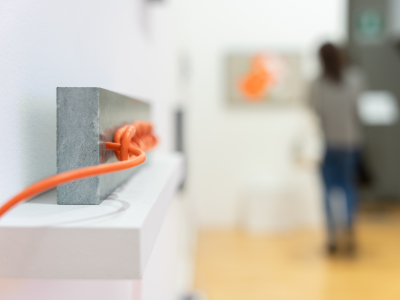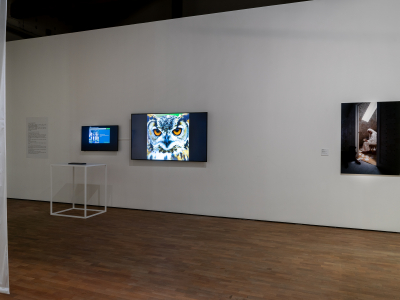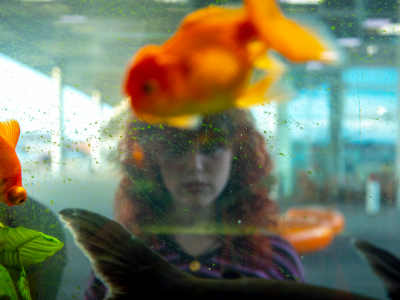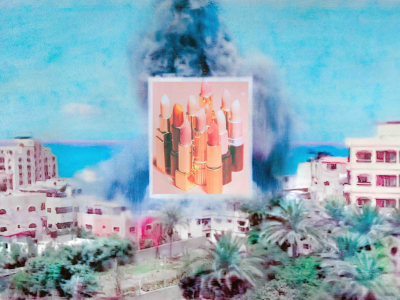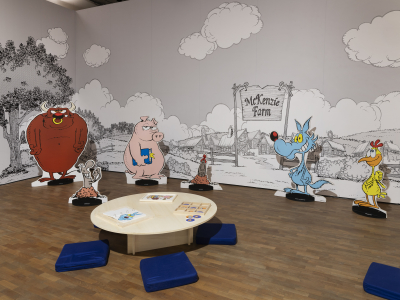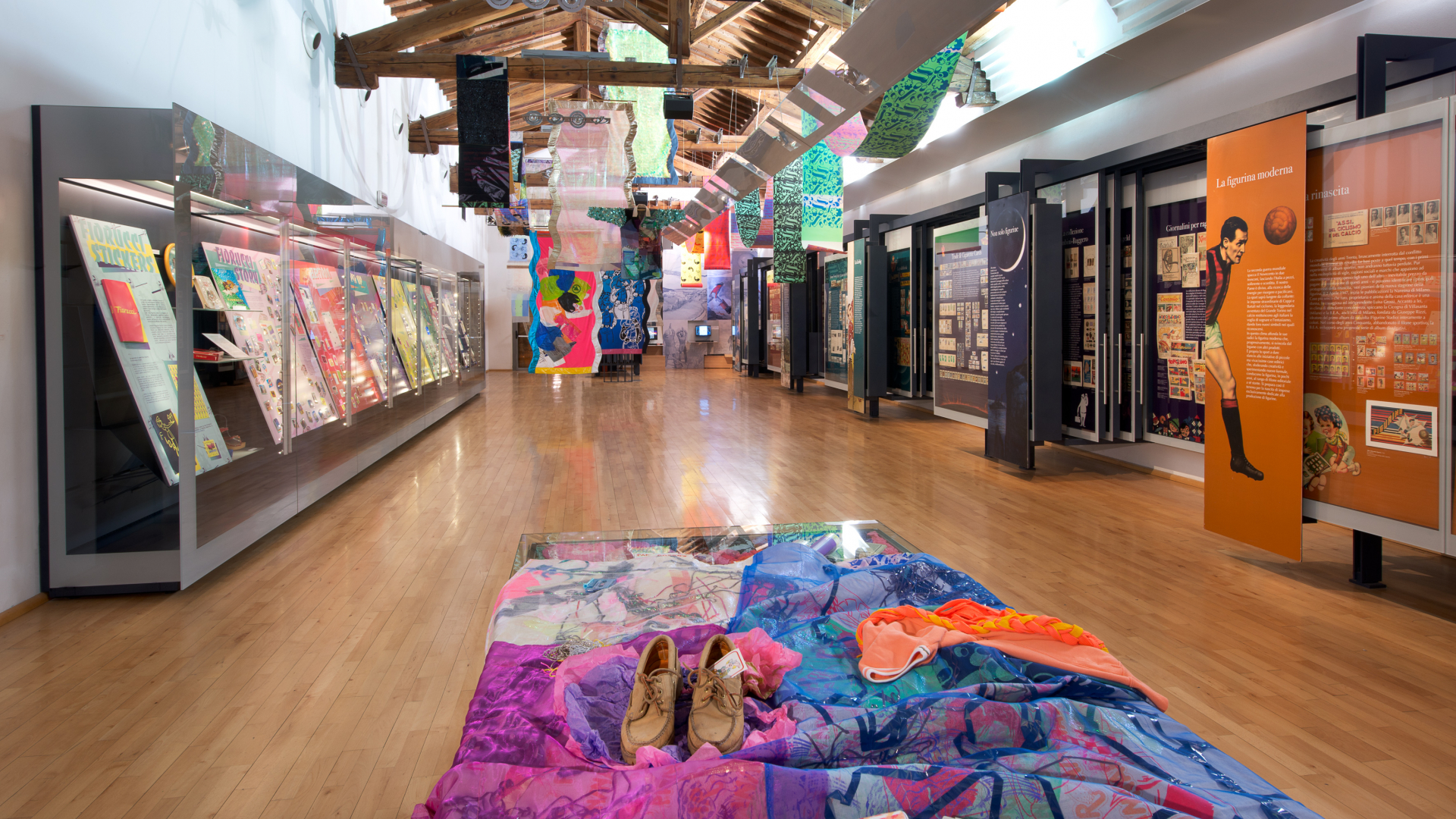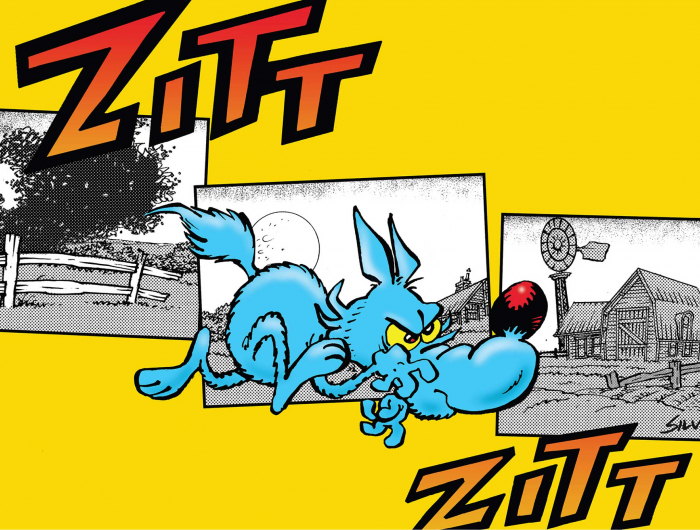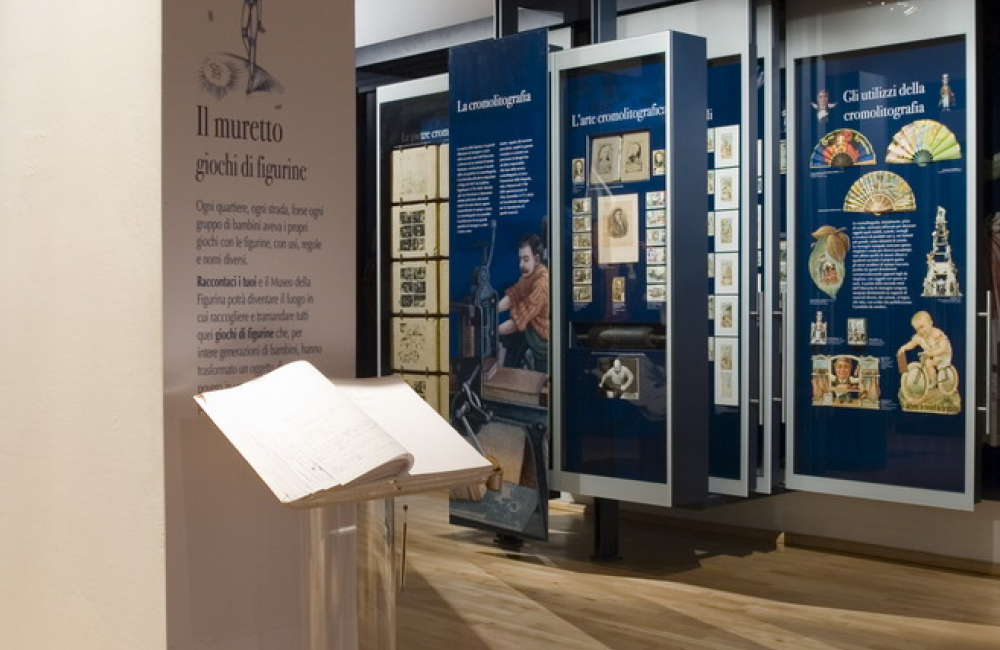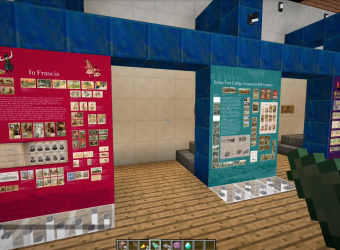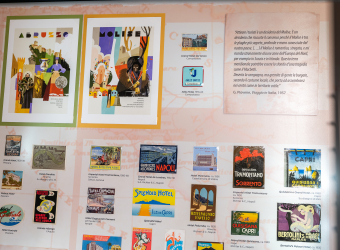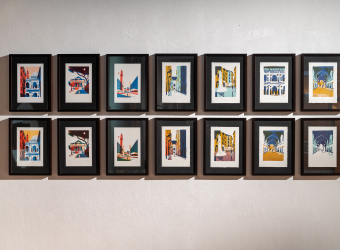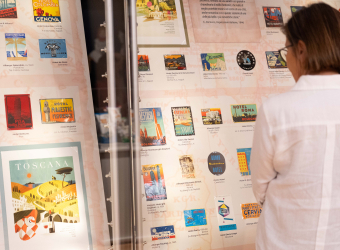In addition to the collection of trading cards under its protection, the FMAV Museo della Figurina assets also include earlier items similar in production technique and function (pocket calendars, advertising materials, matchboxes), taking us on a journey through the history of picture cards and graphics. The museum promotes these assets through exhibitions and events that put the story of trading cards and their descendants in a contemporary key, and through a correlated programme of animated teaching workshops.
History
The Museo della Figurina was established thanks to the passion for collecting of Giuseppe Panini, founder of the company of the same name in 1961 along with his brothers Benito, Franco Cosimo and Umberto: his keen eye led him to immediately understand the cultural value of these “humble” picture cards, so much so that he decided to build a museum around them. Giuseppe Panini was aware that while everyone knows what a picture card is, it is much more difficult to fit them into a single box. So he did not limit his collection to picture cards produced from 1850 on, he also collected a great many similar materials in the attempt to understand their origins and their various facets.
This extraordinary and highly original collection, which had already been made into a company museum in 1986, was donated to the municipality of Modena, the world capital of the modern trading card and therefore its natural home, in 1992; on 15 December 2006, the Museo della Figurina was opened to the public in the prestigious venue of Palazzo Santa Margherita. If we are to examine the wealth and variety of the materials that it houses, the name “Museo della Figurina” may almost seem reductive. Despite its wider vocation for small printed items, which are mainly advertising materials, picture cards are, however, definitely what make up the bulk of the collection, and the object around which it is designed and has grown up.
All the other materials housed in the museum have characteristics that are in some way similar to picture cards in terms of technique and function, or which develop one of their particular facets: small old prints, matchboxes, poster stamps, paper money, menus, pocket calendars, collector albums published by the companies to keep the series in or created by the collectors themselves as a pastime, according to their own taste and flair, and lots more materials besides. Since it was opened to the public, the museum – one of a kind both for quantity and quality and considering the rarity of many of the objects it houses – has set out to conserve, stocktake and catalogue the materials in its possession according to ad hoc and international standard-compliant criteria. Hence it has become a standard setter for scholars and research in this specific field.



